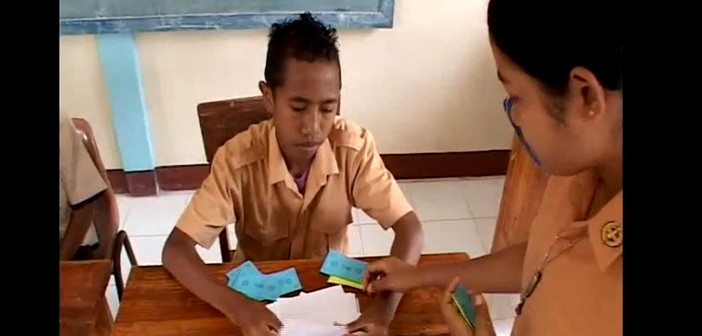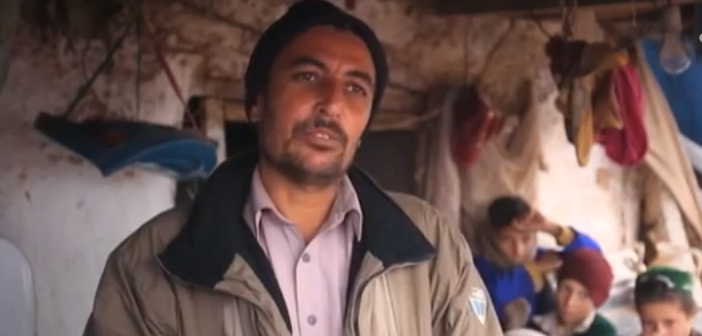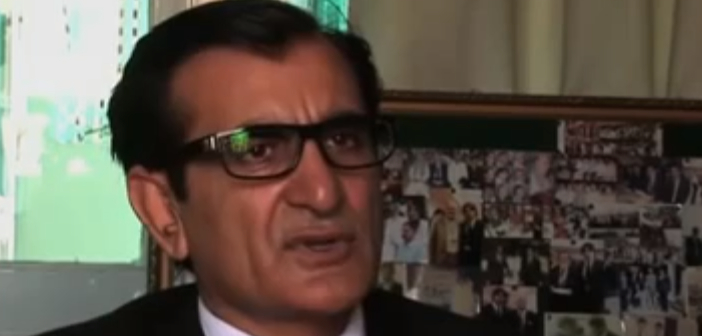The Indonesian education system is governed by the Ministry of Education and Culture and the Ministry of Religious Affairs. It is a part of the education system of the country to require every citizen to take the 9 years compulsory education consisting of 6 years for the elementary level and the last 3 years for the secondary level. Those Islamic institutions offering the same education system in the country are handled by the Ministry of Religious Affairs.
Education in Indonesia
In Indonesia, education is identified as an effort planned for establishing an environment for studying and is a process of educating student to ensure that every student is able to develop their potential spiritual and religious level, personality, intelligence, consciousness, creativity and behavior for themselves and for other citizens actively. The country’s constitution also states that education in the country is offered in 2 types, non formal and formal types. For the formal types it is divided in 3 levels and these are primary, the secondary levels and tertiary education.
Completion Rate
The completion rate in the primary level is high. In fact, there is 100% rate for students who would complete their primary levels. Given that it is compulsory to take the primary schools, the enrollment rte for primary level is 100 % while the secondary level has a 62%, those in the post secondary would have about 16% enrollment gross. Before there was an equal ratio for both sexes in school but in the recent years, the ration became 96.7 girls is to 100 boys.
School Schedule
Students are required to go to schools within 5 days from 7 AM until 2 or 3 pm depending on what the school requires. They are able to choose between different types of schools such as nonsectarian public schools, state-run or semi-private or private religious schools that the Department of Religious Affairs supervise and finance. Students are also free to choose whether they want to have extracurricular activities or not. Though there are about 86.1% of the country’s population is recorded as Muslims, the 2000 Census report shows that only 15% of individuals in their school age are attending religious schools.
The figures of overall enrollment are a bit higher for girl students than of the boys and are much higher in the schools located in Java among other schools in Indonesia. Almost 93% of schools in Indonesia are run by the government while the rest are owned by private sectors.
Continuing Education
After students have taken their 9-year compulsory education, they can choose to continue their education attainment for another 3 years in their senior secondary school or choose among different pre-professional and vocational junior or senior secondary school that would require 3 years, as well. There are also those vocational high schools that may lead to diplomas for senior level. As students choose to continue their studies, there are just many institutions that can offer different courses that are sure to hone the skills of the students.
With the compulsory education and many schools to choose from, the total literacy rate of the country is 90.4%. This national rate was account to the literacy rate of males with 94.0 % while females have 86.8%. Students that are literate in their primary level are 31.8 million while 18.6 million students in secondary levels are literate.




